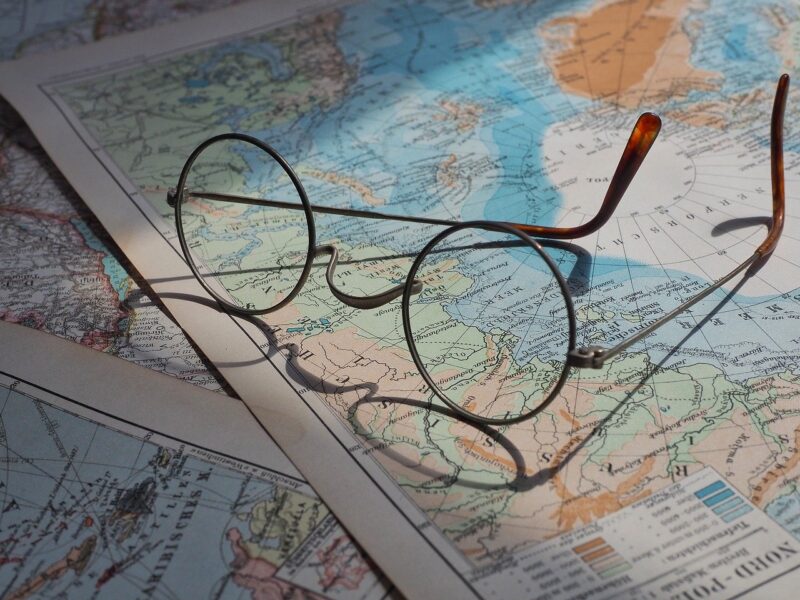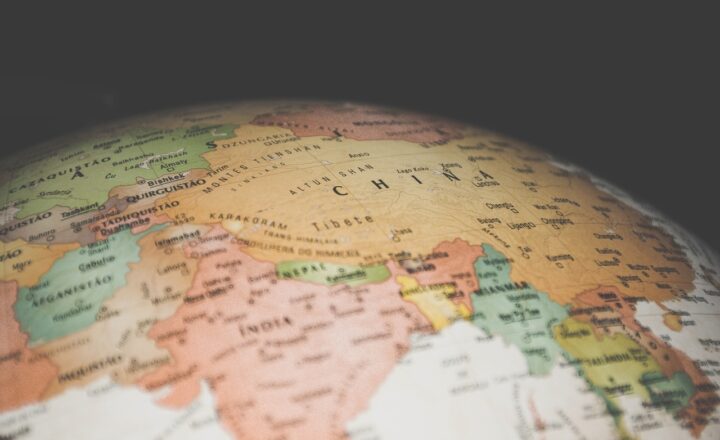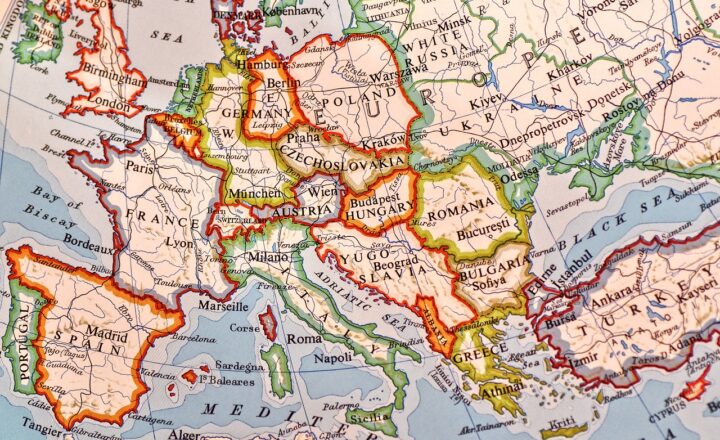How the World’s Most Famous Maps Were Created and the Secrets They Reveal About Human Exploration
November 17, 2024

Maps have played a crucial role in human history, providing a means to navigate, explore, and understand the world. From ancient scrolls to modern satellite imagery, the evolution of maps represents the human drive for discovery and knowledge. We will explore some of the world’s most famous maps, how they were created, and the fascinating secrets they reveal about human exploration.
1. The Birth of Cartography: Ancient Times
The art and science of map-making, known as cartography, began thousands of years ago. The earliest known maps date back to Babylonia around 600 BCE. Made on clay tablets, these maps depicted the surrounding areas and were primarily used for administrative and military purposes.
The earliest surviving map of the world is a Babylonian map known as the “Imago Mundi,” dating from the 6th century BCE. It showcases how people viewed their world, with a flat Earth model and a geographic layout based on the rivers and cities of Mesopotamia. This map is not only significant for its age but also for its insights into ancient civilizations’ social and political perspectives.
2. The Age of Exploration: European Cartography
As European explorers set sail in search of new trade routes and territories during the 15th to 17th centuries, maps became essential tools for navigation and understanding the newly discovered lands. One of the most famous maps from this era is Martin Waldseemüller’s “Map of the World” (1507), which is significant for being the first map to use the name “America” to refer to the New World.
Waldseemüller’s map was groundbreaking because it depicted the world in its entirety based on the explorations of Christopher Columbus and other voyagers. It illustrated not only geographic features but also the emerging understanding of the planet’s vastness and diversity. This shift marked a profound change in human perception of the world and set the stage for further exploration.
3. The Revolutionary Role of the Mercator Projection
Developed by the Flemish cartographer Gerardus Mercator in 1569, the Mercator projection transformed the practice of map-making. This cylindrical map projection allowed navigators to chart a straight-line course across the oceans, greatly facilitating maritime exploration. While it distorted the size of landmasses, particularly near the poles, it made it easier for sailors to traverse the globe.
Historically, the Mercator projection showed the world as a series of latticed lines, allowing easy navigation based on compass bearings. Over time, however, discussions regarding its inaccuracies (such as the exaggerated sizes of Greenland and Africa) sparked a debate among cartographers and geographers about representation and truth in cartography.
4. Mapping the Modern World: The Role of Technology
Today, maps are not just static images but dynamic representations of our planet. With the advent of Geographic Information Systems (GIS), satellite imagery, and advanced data visualization techniques, modern cartographers have access to unprecedented data. One of the most iconic modern mapping endeavors is Google Maps, which provides real-time navigation, street-level views, and geographic data for billions of users worldwide.
The benefits of modern mapping extend beyond navigation—they help in urban planning, environmental monitoring, and disaster response. The power of modern cartography lies in its ability to encapsulate complex three-dimensional realities into interactive two-dimensional formats, revealing patterns and relationships that were previously hidden.
5. The Secrets Maps Can Reveal About Human Exploration
Maps are not only tools for navigation; they reveal the cultural, political, and social contexts of their time. For instance, maps from colonial periods often illustrated territories in ways that emphasized dominance and control, while contemporary maps might focus on climate change impacts or demographic shifts.
Through the analysis of maps, historians and geographers can uncover stories of migration, trade, and cultural exchange. They also reflect how societies perceive and claim space. For example, ancient portolan charts were intricately detailed maritime maps that demonstrate not only navigational skills but also trade routes vital for economic expansion.
Moreover, maps can often reveal biases and perspectives of power dynamics. For instance, maps may depict certain regions as more important than others based on historically significant encounters or conflicts, reshaping our understanding of history and geography.
6. The Future of Maps: Biomaps and Beyond
As technology continues to evolve, the future of cartography includes exciting developments such as biomaps, which incorporate biological data into mapping. These include interactive maps that can visualize everything from wildlife habitats to urban heat islands, providing essential insights into ecological and urban challenges.
The integration of augmented reality (AR) and virtual reality (VR) in mapping offers immersive experiences that allow individuals to interact with maps in unprecedented ways. For example, AR maps can overlay information about historical events on physical landscapes, delivering enhanced educational experiences.
In conclusion, the story of maps reflects humanity’s quest for exploration and understanding. From ancient clay tablets to modern digital maps, each cartographic creation carries within it a narrative of human progress, discovery, and perspective. As we look to the future, maps will continue to evolve, revealing more about our world and ourselves than we can yet imagine.
7. Conclusion
Mapping is much more than just an art—it is a window into the past, present, and future of human exploration. By studying the most famous maps and understanding their implications, we gain insights into the evolving nature of our civilization and our relationship with our planet. One can never underestimate the power and importance of maps in shaping human knowledge and advancing exploration.
As we continue to chart our world, both literally and metaphorically, we embrace the wonders that lie ahead, discovering new ways to understand the complex and beautiful puzzle that is our Earth.








